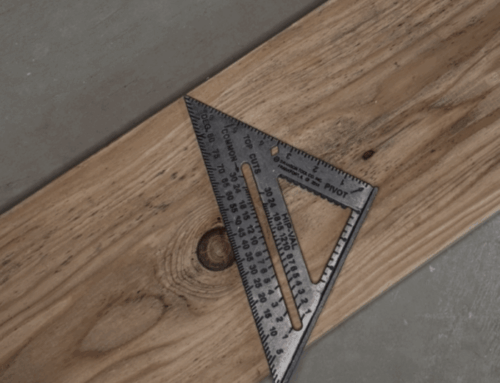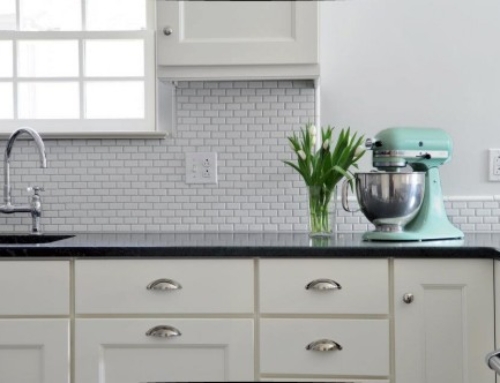Trip to Rhinebeck and Learning From The Past
I just returned from a weekend jaunt to Rhinebeck, NY, a charming village located 100 miles north of New York City that was settled by both English and Dutch settlers in the 1600s. Rhinebeck. My visit to this town brought to mind a book I recently read, “Home, a Short History of an Idea,” by Witold Rybczynski. In it, the author explains where our modern ideas about what makes a “home” come from. For all of us who live in or work on old houses, this book is a must read.
Rybczynski explains how the Dutch design of the home informed our American way of thinking of the idea of “home.” What do we all think of when we think of home? It’s a place for a family unit. The fact that your home’s shape answers your family’s needs is a Dutch invention. It’s more than just shelter. It’s about comfort and ease and privacy — all newly imposed criteria for home. The houses the Dutch built were very much informed by their way of living. Typically, the houses were small, very well built of wood or stone, easy to care for and manage, and consisted of two or sometimes three stories. These were modest people, so their homes reflected this ethic. Modesty in homes is something Americans are learning about again.
In the villages, like Rhinebeck, where Dutch houses commonly were built touching their neighbors, the first floor would hold the family shop, and the upper floors were for living quarters. In the countryside, the houses were also small and separate from the barns, where the animals lived. This was a new convention. Prior to that, in some cultures, people commonly lived in the same building as their animals because it was cheaper and warmer to do so. But, in addition to being modest, the Dutch also liked cleanliness.
For those of us who work on houses like these that are over 100 years of age, we see the hands of the original maker, and we see the hands of all who came afterward making repairs and changes. When we work on these old homes, we know our handiwork will continue on, and that someone in the future will view our work in the same manner. When we work on old homes, we do so with respect for the original design and intent of the space. We don’t want to change that or damage it in any way.
Here are a few snaps I took to illustrate what I mean:
On the left, you can see a remuddle has occurred on the entryway of this house. The pediment is probably from the 1950s or 1960s, and it’s not in keeping with the rest of the house’s modest trim. Someone handy but with no sense of history worked on this house. Take heart, the rest of the exterior is in great, original condition.
In the middle, you can see some “Dutchy details” in a 1980s renovation or rebuild of an original building. Much of the new trim is punky, and the proportions are thin and “off.” Most Dutch houses had very chunky trim that showed off the builder’s carpentry skills. The color here is also a dull gray beige — something we saw a lot of architects spec in the 1980s — and not in keeping with the highly contrasting or bright colors you typically see on old Dutch homes.
How about the repair on the right-hand image? This was on the floor of the carriage house we stayed in. Many people unfamiliar with old buildings will not know that this is a very common and acceptable repair in a rustic building. It’s simply sheet copper tacked to the floor. This is used to maintain a seal between floors when, with age, the tongue of the flooring is exposed and large gaps or cracks open up. It’s cheap, effective, and easily removed. The other alternative is to install whole lengths of new floor in between these boards as a patch or to install a new floor over the old floor. But the latter option is expensive and could ruin the rustic feel of the rooms.
Nowadays, most homeowners do not understand what crafting by hand means. If, for example, I needed to craft from rough planks the panels, rails and style to make into a door, it would take me a few days to do this in the historic manner with a helper using hand tools. But, because labor is so costly, most homeowners no longer buy that kind of service; it’s reserved for preservation work on historic buildings. Now, we use power tools and we can create a nice custom door in one day and hang it the next. Or we order one from a shop and have it delivered and installed as a custom component.
But does this mean we no longer work with an eye towards the carpenters of the future who will be rating our craftsmanship? No way! We especially work with that thought in mind. If the bathroom we are renovating in your house lasted 90 years (and even if it didn’t), we would like ours to last just as long.
My trip to Rhinebeck reminded me of why I enjoy tidy, little, logical homes, quaint villages of kind, blunt-talking people, and great craftsmanship, even if it takes the form of a simple, copper patch. It reminded me of Witold’s book, too, and how much I liked it.
Witold Rybczynskii now teaches architecture at Penn and is a neighbor living in Chestnut Hill, Pa., another tidy, little village very close by.





